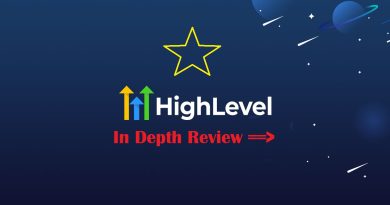The Rise of the A.I. Heroes: How Artificial Intelligence is Saving the World, One Algorithm at a Time
Last Updated on February 21, 2024
Seems like most of the talk these days around AI is in regards to financial aspects of it and potential dangers. But AI could also be a powerful tool fighting for good. A world where machines diagnose diseases faster than ever, predict natural disasters with uncanny accuracy, and even personalize education for every child. This isn’t science fiction; it’s the reality of AI for Social Good, a movement harnessing the power of artificial intelligence to tackle some of humanity’s biggest challenges.
Between 2014-2016, when the Ebola outbreak threatened to spiral out of controlin west Africa, IBM’s Watson AI system analyzed vast amounts of data to identify high-risk individuals and predict the spread of the virus, contributing to a quicker containment effort. That’s just one example of the growing impact of AI for good.
But how exactly is AI making a difference? Let’s explore some real life soical good AI applications from different fields:
AI for Healthcare
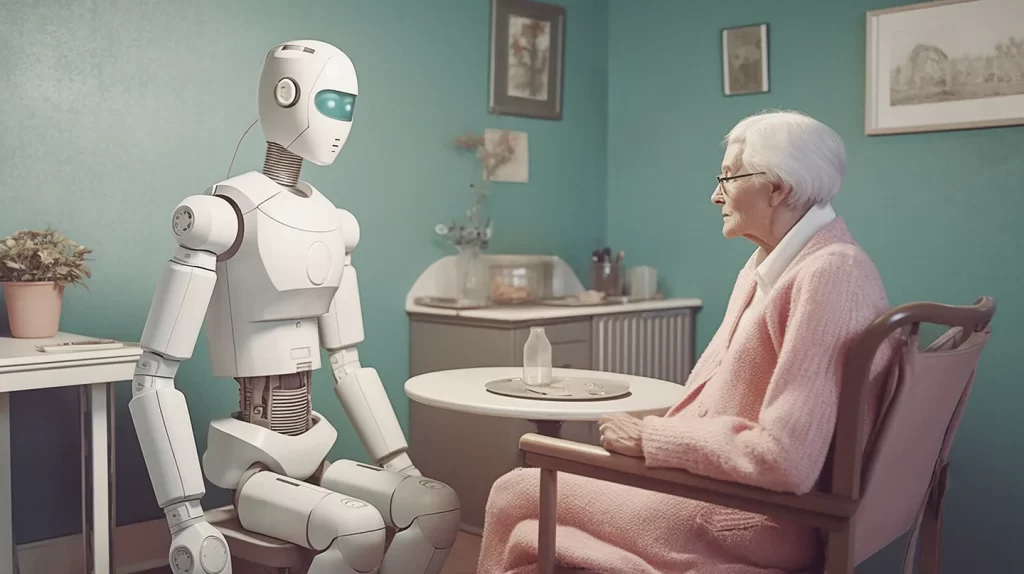
The fight against tuberculosis (TB) hit a snag: chest X-rays, a crucial tool, presented limited accuracy. Diagnoses hinged on radiologists’ interpretations, leading to missed cases and unnecessary treatments. Enter a promising hero: artificial intelligence (AI).
Scientists trained AI systems to analyze chest X-rays, mimicking the expertise of radiologists. Trials in Nepal and Cameroon pitted these AI warriors against their human counterparts. Results were impressive: the AI matched the doctors’ accuracy, but with a crucial superpower – exceptional specificity. This meant the AI could confidently rule out non-TB cases, potentially reducing unnecessary tests by two-thirds.
While still under development, this AI innovation holds immense potential. It could alleviate the burden on healthcare systems, improve treatment efficacy, and ultimately, save lives. The fight against TB continues, but with AI by its side, the future looks brighter.[[source]].
AI for environmental monitoring
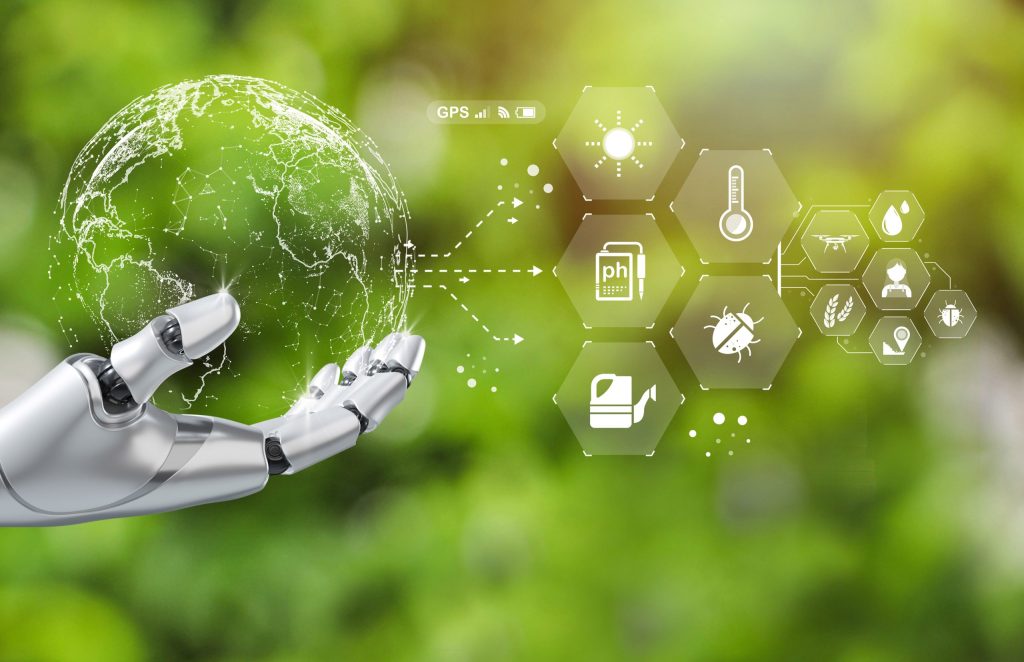
Imagine flames licking at the horizon, driven by unpredictable winds and fueled by parched landscapes. This is the harrowing reality of wildfires, leaving devastation in their wake. But a new weapon is taking aim at this fiery foe: artificial intelligence (AI).
For years, predicting wildfires relied on complex models and human expertise, often with limited success. But using AI now we have the ability to analyze vast amounts of data, identify hidden patterns, and make predictions with astonishing accuracy.
One such AI hero is LightningCast, a model trained on historical weather data, lightning strikes, and fire occurrences. With lightning being a major ignition source, LightningCast can predict areas most susceptible to strikes within the next hour, giving authorities precious time to prepare. Imagine this: instead of reacting to a blaze, firefighters are already deployed and ready, potentially mitigating the damage significantly.
The benefits go beyond immediate response. AI can analyze past fire data to identify areas likely to experience future blazes, enabling preventative measures like controlled burns or fuel reduction efforts. Imagine communities not just reacting to disasters but preventing them altogether, thanks to AI’s predictive power.
AI for Education
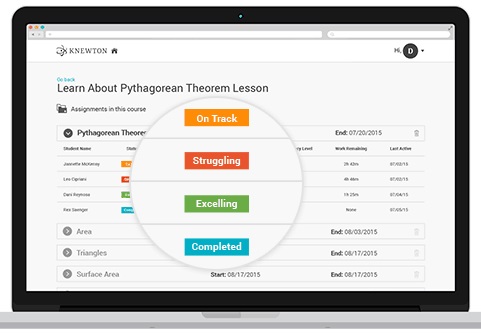
Augmentative and alternative communication (AAC) apps: Tools like Proloquo2Go and Ava enable non-verbal students to communicate effectively through symbols, text prediction, and voice synthesis. (Source) one application of these apps is giving a voice to individuals who are nonverbal or have limited speech capabilities. This empowers them to participate actively in classrooms and social interactions, fostering a sense of belonging and agency.
AI for Climate Change
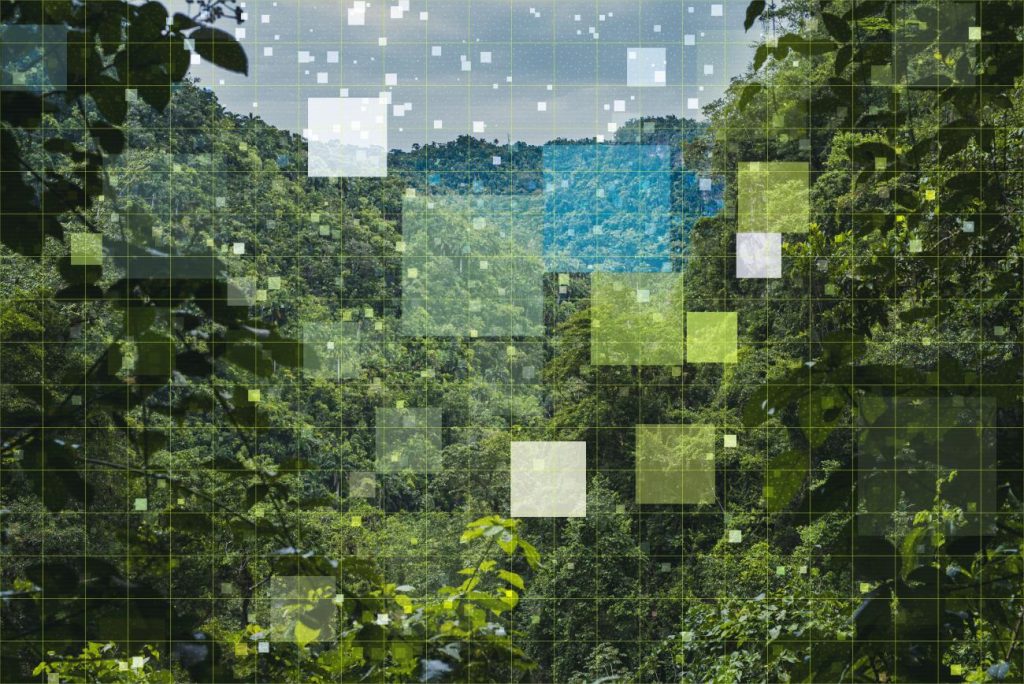
AI can personalize recommendations for energy-saving behaviors, green products, and sustainable practices, tailoring them to individual preferences and needs. This can encourage people to adopt more sustainable lifestyles and reduce their environmental impact.
Companies like JouleBug use AI to analyze individual energy consumption patterns and suggest personalized energy-saving strategies, empowering consumers to make informed choices.
AI For Disaster Relief
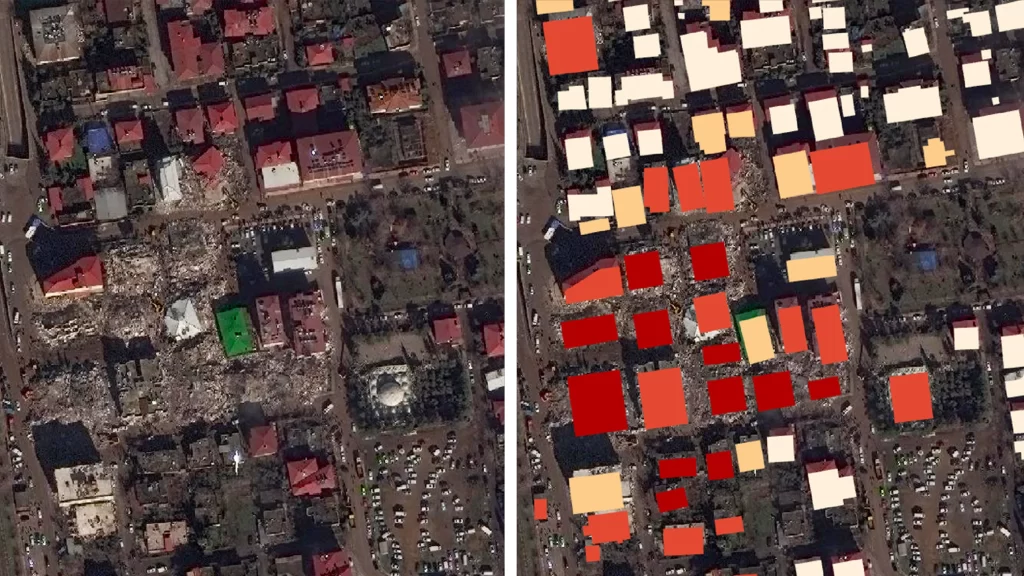
AI-powered drones and satellites can rapidly assess damage after a disaster, providing crucial information on infrastructure damage, building collapses, and displaced populations. This helps authorities prioritize areas for rescue and relief efforts and allocate resources efficiently.
Platforms like Sahana use AI-powered translation tools to bridge language barriers during disaster relief, enabling effective communication and collaboration between responders and affected communities.
Is ai for social good sustainable ?
These are just a glimpse into the incredible potential of AI for good. Startups mentioned are paving the way, but what can you do? The answer is simple: get involved! Support these initiatives, spread awareness, and use your voice to advocate for responsible AI development. Remember, the future of AI isn’t predetermined; it’s up to us to shape it into a force for good. Let’s be the generation that witnessed the rise of the A.I. heroes, not just in fiction, but in the real world, making a positive impact on every corner of the globe.
So, join the movement! Share this article, explore the work of these amazing organizations, and believe in the power of technology to create a better world. Together, we can ensure that AI becomes a hero, not a villain, in the story of humanity.



